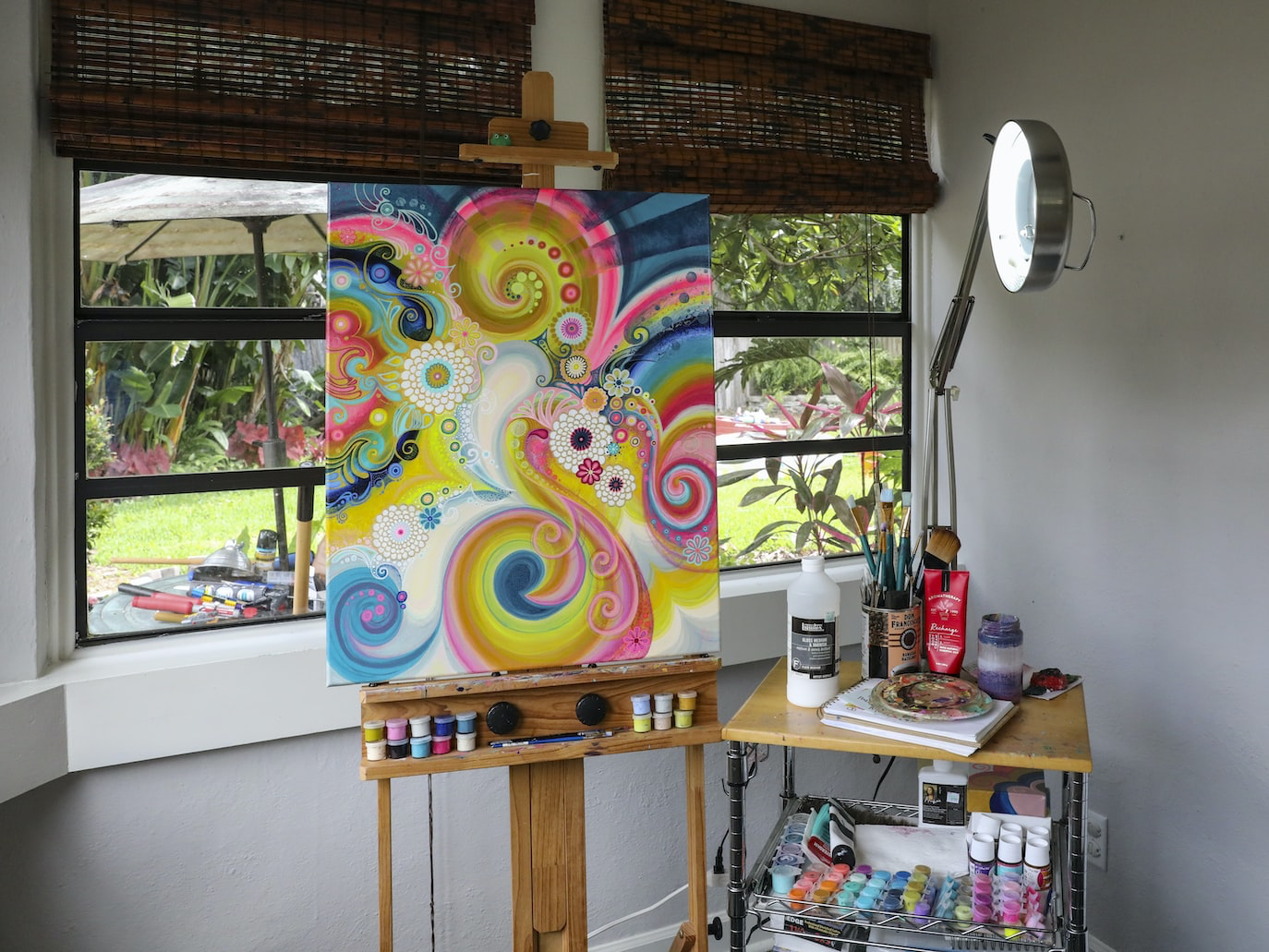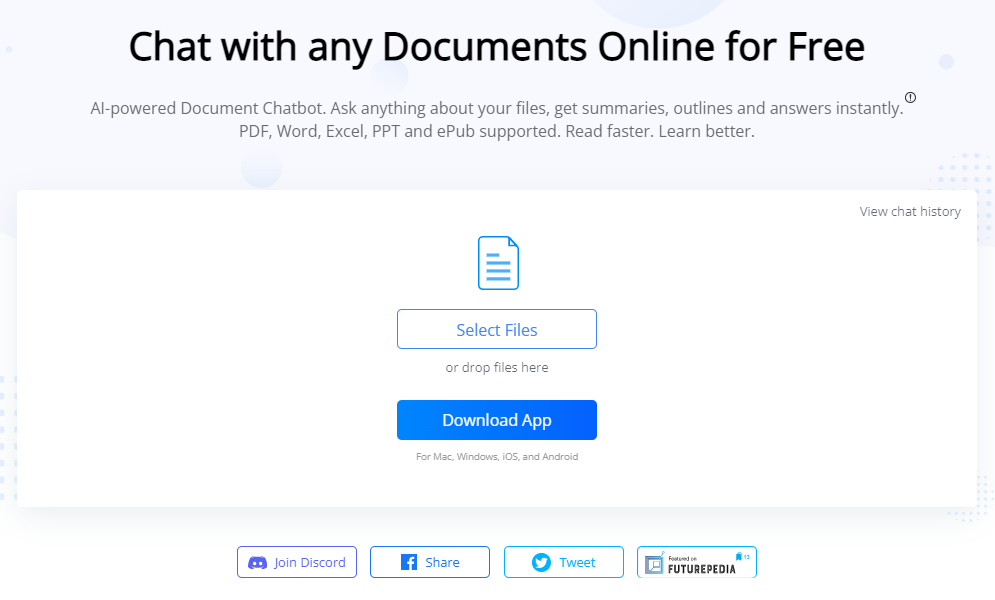We've all heard about the wonders that AI can do whenever it comes to creating art from just a few simple words on the screen. Plenty of AI generators can create new stuff just with simple prompts, creating wild pieces of art in different styles and turning your wildest dreams into an art piece with just a few clicks.
But whenever it comes to actually talking to an AI and trying to give it a serious prompt, you might run into the same problem that you would run into on a first date: What exactly do you say?
It can be very hard to figure out exactly what you want to put into the prompt box in order to make sure that your AI piece of art comes out exactly how you like it. But thankfully, the field of prompt engineering is here to help.
Prompt engineering is here to help you turn your words into art, because they engineer the prompts that you give to the AI whenever you want it to generate something. "A picture of a sandwich on a surfboard" or "A dog playing poker" is a prompt. The field of prompt engineering is analyzing what prompts are going to yield the best results whenever you want to create an AI picture.
Using Prompts For All Sorts Of AI Generation
Of course, the various prompts that you will put into AI can work for plenty of other things, including whenever you want to write short stories or even generate GIFS. It can be pretty annoying whenever your friend has messaged you the perfect setup for an amazing GIF, and the AI just isn't creating what you want. Knowing how to properly talk to the AI is going to be the best way to get the GIF that will make you a star.
Because the AI is going to produce a lot of good images, but it is also going to produce some terrible ones as well. But if you know how to properly engineer your prompts, you can get a lot more good images out of your AI than bad.
Because the AI is going to produce a lot of good images, but it is also going to produce some terrible ones as well. But if you know how to properly engineer your prompts, you can get a lot more good images out of your AI than bad.
1. Start By Being General, Then Go Specific
In order to see the full scope of what an AI can do with your prompt, you need to focus on being general first, and then delving down into the specifics. You probably have a lot of information in your head about what you want your art to look like, but focus on taking your time with your prompts, because you might find something that works just as well.
For example, your prompts might go like this: "A dog playing poker" "A brown dog playing poker" "A pit bull playing poker" "A pit bull playing poker outdoors with cats."
And so on, as you look through each section of results, try to find something that works for you and your needs, and as you get more and more specific you will find results closer to what you want. But it can still be fun to look through the general stuff, as well as beneficial because you might find a picture that is more general, but happens to be exactly what you want.
2. Don't Be Afraid To Speak To The AI in Its Language
While you might find that most AI systems know how to speak perfect English and will respond to you in such a language, you can still focus on speaking to the AI in its language by structuring your prompts in a way that will help the AI get you to the results you want.
You can use commas to separate the different areas of your prompt, starting with the subject. Such as "A wolf on the moon." Then you can add in modifiers like the style, format, and perspective of the image.
So your full prompt to the AI might look like this: "A wolf on the moon, through a telescope, in a minimalist style, a magical image."
AI has keywords and key phrases that can help it connect to different aspects of generation, and if you can take the time to learn all of these keywords, you will be able to get vastly different images. Talking to the AI using one sentence prompts is a good idea, but if you decide to learn the best way to talk to the AI, you might find you will get better results.
3. Use Repetition
AI can sometimes latch on keywords whenever you write the prompt, but the problem is that sometimes they latch on the wrong keywords and can get you images you don't want. So don't be afraid to be repetitive in your prompting, because the more a keyword shows up, the more that your AI will search for it in the image.
For example, you could write as a prompt. "Orange cat playing a banjo, orange cat, in a hat, playing a banjo, orange cat."
It might seem a bit odd to write out the same prompts or phrases multiple times, but you will find that repetition is going to make sure that an AI is going to catch the important aspects of what you want to generate.
Practice Prompt Engineering
Finally, don't be afraid to practice. You might not get the AI picture you want the first time or even the second, but if you insert the prompts you want and follow the tips above, you will be making epic AI art in no time!

